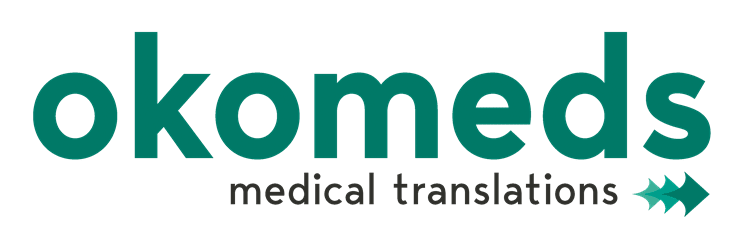
16 Dec What will medical translation look like in 2021?
Historically, translation and medicine have gone hand in hand. A brief look at history reveals that medical translation has existed since the oldest forms of cuneiform writing on clay tablets in Ancient Mesopotamia. But… what will medical translation look like in 2021?
In recent decades, medical translation and interpreting have become important niches for professional translators and interpreters. They are needed by national and international health authorities – such as the WHO or the EMA –, pharmaceutical companies selling medicines in the global market, medical publishers providing books for future professionals in a myriad of languages, medical device manufacturers for all medical specialties, public and private hospitals and other health centres, biomedical research teams, and more.
This rich scenario for medical translation is further enhanced by three emerging forces that are driving healthcare and biomedical research into new territories: patient-centred care, personalised medicine and translational medicine. All three bring to the fore the importance of information transfers, recontextualisation and communication, and therefore offer potential niches for translators and interpreters.
Specialised training in medical translation is starting to respond to the fast-growing needs of the marketplace with specific programmes covering the particulars of this professional activity and focusing on domain specialisation, specific resources and the tools of the trade. In a globalised world and in the case of a highly internationalised profession such as translation and interpreting, specialised training requires efforts of coordination and harmonisation among countries.
Appropriate use of medical terminology is one of the core conditions for successful communication in monolingual and multilingual healthcare communities. Medical terminology is diverse not only in terms of the obvious differences between languages, but also due to differences between registers or communication channels.
The quality of any medical translation may affect clinical processes, which is why the role of verification is another frequently emphasisedaspect. A valid verification process starts as early as the pre-translation phase when the source is prepared and includes assuring compliance with the conventions and requirements of specific text genres or functions, such as readability and clarity in expert-lay communication. A fairly frequently applied but debatable method of translation review is back-translation.
At the same time, in the era of personalised medicine and patient-centred care, it would not be too risky to anticipate the growth of human translation with high degrees of adaptation – to specific audiences, cultures, media, formats, etc. – and creativity where attention to the individual is paramount.






Sorry, the comment form is closed at this time.